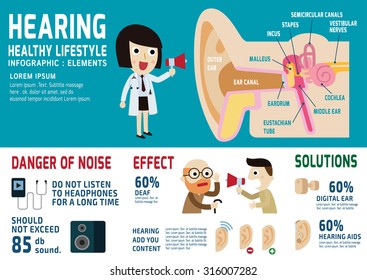Secret Methods For Dealing With Acoustic Processing Issues In Dyslexia Can Change Discovering Experiences-- Find What Methods Can Truly Cultivate Success And Self-Confidence
Secret Methods For Dealing With Acoustic Processing Issues In Dyslexia Can Change Discovering Experiences-- Find What Methods Can Truly Cultivate Success And Self-Confidence
Blog Article
increase executive function -Klitgaard Mccormick
When you consider the challenges that dyslexic students encounter, it's clear that acoustic handling concerns frequently play a considerable duty. You could question exactly how customized techniques can bridge the gap in between auditory directions and understanding. By integrating visual help and damaging tasks into convenient steps, you can enhance emphasis and understanding. However, the options do not stop there. What other techniques can create a truly encouraging discovering atmosphere that cultivates success and self-confidence?
Recognizing Dyslexia and Auditory Processing
Dyslexia impacts roughly 1 in 5 people, making it among the most typical learning disabilities. If you're navigating dyslexia, you might find that it doesn't simply effect reading and writing; it can additionally influence exactly how you process auditory details.
Acoustic handling describes exactly how your mind interprets audios, consisting of language. When Suggested Reading struggle with this, it can lead to difficulties in understanding talked directions and adhering to conversations.
You may notice that you commonly misinterpret what you hear or that it takes longer for you to react in conversations. This isn't a reflection of your knowledge; it's a particular trouble related to refining auditory signals.
Comprehending this connection is critical due to the fact that it helps clarify why you may master aesthetic jobs while dealing with difficulties in jobs that rely upon acoustic comprehension.
Acknowledging these obstacles can encourage you. By comprehending the complexities of dyslexia and auditory handling, you can better promote for your demands, whether in educational settings or social circumstances.
It's necessary to acknowledge these concerns so you can look for the appropriate support and approaches in the future.
Efficient Techniques for Assistance
Browsing the challenges of acoustic processing can feel overwhelming, however there work approaches that can help you grow.
By applying these methods, you can improve your knowing experience and boost your ability to procedure acoustic information.
- ** Utilize aesthetic help **: Coupling acoustic directions with aesthetic supports, like charts or diagrams, can dramatically boost understanding.
- ** Break tasks into smaller sized actions **: Streamlining guidelines right into convenient pieces permits you to concentrate and process info better.
- ** Exercise energetic paying attention **: Engage in exercises that urge you to listen diligently, such as summarizing what you've heard or asking concerns for clarification.
- ** Incorporate innovation **: Utilize apps or software developed to assist with acoustic handling, such as speech-to-text devices or audiobooks, to strengthen discovering.
Creating Supportive Knowing Settings
Creating a helpful learning atmosphere is important for helping people with auditory handling obstacles do well. Start by lessening disturbances in your class or learning room. Use dyslexia testing in simi valley or soft furnishings to take in audio, which can aid students focus much better. Make certain seating arrangements allow for clear sightlines to the instructor and any kind of visual aids.
Next, include clear and concise communication. Speak slowly and make use of basic language, checking for recognizing often. Motivate trainees to ask concerns if they're not sure. Aesthetic aids like graphes, diagrams, and composed directions can boost understanding and retention.
Furthermore, promote a culture of patience and understanding amongst peers. Educate students regarding acoustic processing issues, advertising compassion and support. Group activities can be useful; just make sure that duties are clear and that trainees interact to support each other.
Finally, offer routine responses. Celebrate progress and success, despite just how tiny. This encouragement builds self-confidence and reinforces the idea that learning is a trip.
Verdict
In your journey to boost discovering for people with dyslexia, think of each strategy as a tipping rock across a river. By weaving together acoustic and visual help, breaking tasks right into bite-sized items, and supporting a supportive environment, you aid create a bridge to understanding. Remember, cultivating compassion amongst peers and appealing family members can light the path to success. With patience and commitment, you'll encourage learners to soar above difficulties, transforming their struggles right into strengths.
